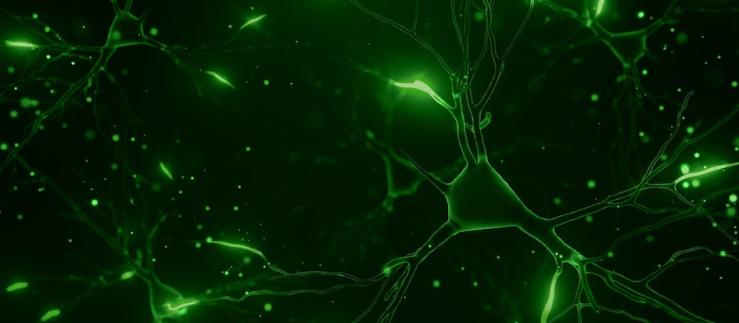The photovoltaics market is dominated by modules made of single-junction silicon solar cells, with efficiencies ranging between 17% and 22%. A joint effort between the Swiss Federal Institute of Technology (EPFL), the Swiss Center for Electronics and Microtechnology (CSEM) and the U.S. Department of Energy’s National Renewable Energy Laboratory (NREL) has resulted in the development of new silicon-based multi-junction solar cells with record efficiency. Multi-junction solar cells combine silicon with a cell that absorbs blue light from the sun more efficiently. The researchers were able to achieve an efficiency of 32.8 % for dual-junction solar cells, and of 35.9 % for triple-junction solar cells, beating their own previous record of 29.8%.
Economical and highly efficient
These achievements, published in the scientific journal Nature Energy, will contribute to making solar energy more accessible, as explained by Christophe Ballif, Director of CSEM’s PV-center and EPFL Photovoltaics laboratory, in a press release : “These records show that combining crystalline silicon and other materials is the way forward if we are to improve solar power’s cost/efficiency ratio”. The CSEM is actively working towards an efficient, cost-friendly solar energy cell, and currently testing new materials in order to optimize solar power's cost/efficiency ratio. It is also involved in CHEOPS, a European research project aimed to develop low-cost and extremely efficient photovoltaic cells based on perovskite technology.







